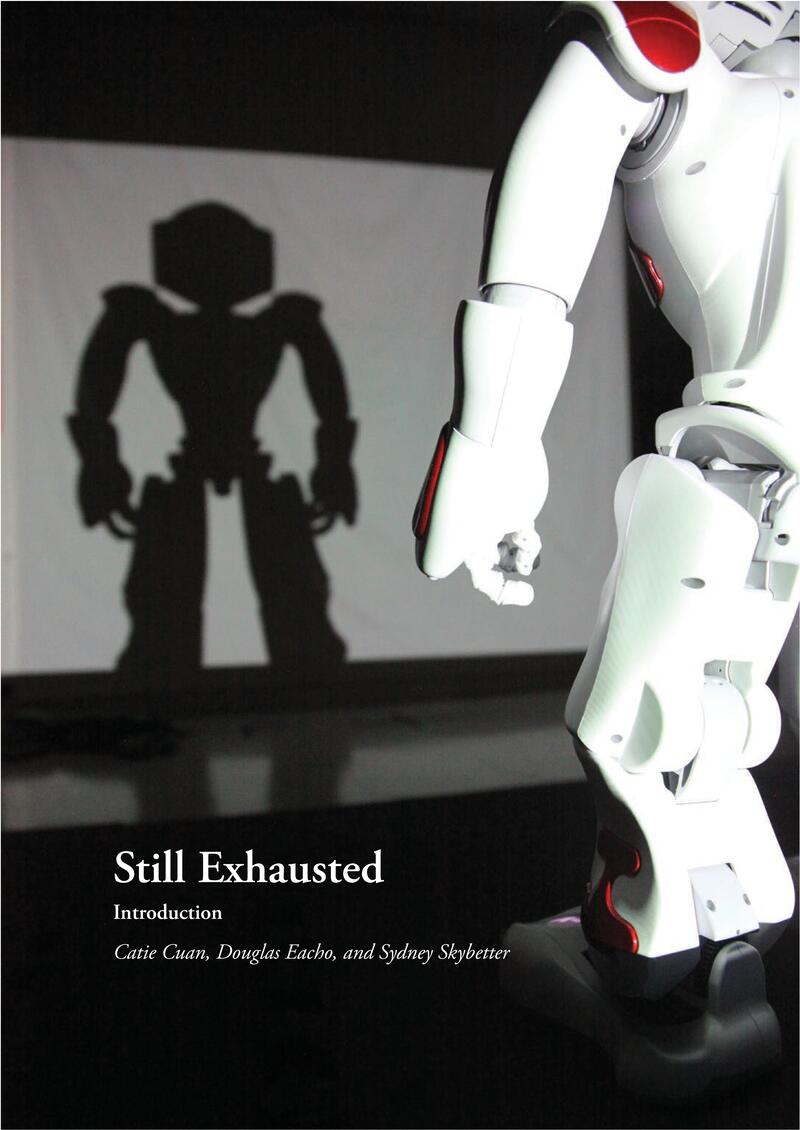Jarvis, Liam.
2021. “Deepfake-ification: A Postdigital Aesthetics of Wrongness in Deepfakes and Theatrical Shallowfakes.” In
Avatars, Activism, and Postdigital Performance: Precarious Intermedial Identities, ed.
Jarvis, Liam and
Savage, Karen, 89–114. Bloomsbury Methuen Drama.
CrossRefGoogle Scholar 